The songs:
Great Tom is Cast (17th century round) Magpie Lane
Carol of the Bells with new lyrics by Dan Hicks and the Hot Licks
Old Tom of Oxford (Morris tune) Magpie Lane
Bonny Christ Church Bells (17th century round) Magpie Lane music & lyrics below
Julian of Norwich Kellie White with The Albion Christmas Band
These songs and a tune all have two things in common; all of them are about bells, and none of them is about Christmas. In other words, I have slipped them into this Christmas music series as ringers!

Great Tom is Cast celebrates the installation of the great six-and-a-quarter ton hour bell in Oxford’s Christ Church College bell tower designed by Christopher Wren, commonly known as the Tom Tower. It rises high over the main gate into the College, known as the Tom Gate, which brings visitors into the Tom Quad. Great Tom is the loudest bell in Oxford.
This round about the bell was written by the Dean of Christ Church College, Henry Aldrich, when Tom was installed in 1680. Actually, the current bell is a recasting of a famous older bell called Tom that apparently was transgender: When it was cast in the 12th century it originally had been called Mary.
The round is sung by Magpie Lane and is from their first album in 1993, called The Oxford Ramble. Although there has been considerable evolution in membership, the band is still performing today with three of its founding members still remaining.

You would probably think of the next selection in this medley as the melody we associate with the 1936 song Carol of the Bells. But the writer of that choral song, American Peter J. Wilhousky, took its tune from the song Shchedryk (The Little Swallow) which had been written by Ukranian composer Mykola Leontovych in 1904. This version is sung by the late Dan Hicks (1941-2016) and his back-up band the Hot Licks, who obviously should also be credited with these new lyrics. It is from Dan’s 2010 album Crazy for Christmas. (I got the CD from D. Kingsley Hahn, a friend since High School. Thanks, Kingsley!)

The next tune in my medley and its following song are a Magpie Lane medley from the same album as Great Tom is Cast. Old Tom of Oxford is a Morris dance tune of unclear origin from Bampton, Oxfordshire. It would normally accompany a ceremonial handkerchief figure dance. Most people assume that it is named after the great bell, or that since it is a Morris tune it might honour Oxford’s Old Tom pub.
The story about the tune that folk music collector Peter Kennedy heard in 1952 from the Bampton Morris Dancers’ long-time fiddler Jinky Wells is that neither of those origin stories is correct:
Old Tom of Oxford, he was a forester. He took up with this lad, see-his oldest sister's son-and they lived and dwelled in a caravan. And they was 'awkers-- they used to 'awk all sorts of things, mats and brushes and brooms, oh, dozens of things. Well, he picked up with a girl in Oxford Well, as the song went: "Old Tom of Oxford and young Jim Kent"-that was his nephew-"They married Old Moll and off they went." And she lived in the caravan with 'em. And while they was out doing the 'awking, I suppose, she used to look after the caravan and do the cooking and all that sort of thing. And I've yeared it said they lived together for years. And they never quarrelled, nor they never had no disagreement, nor never fell out, the two men with the one woman.
The next song is definitely about Great Tom, the bell formerly known as Mary and their tintinnabulatory colleagues in Oxford’s adjoining Christ Church Cathedral. [Note: Tintinnambulatory is a grammatically adjectival form that I made up from the noun tintinnabulation that Edgar Allan Poe’s famously made up for his poem The Bells (1850).] The Bonny Christ Church Bells is another round that was composed by Rev. Henry Aldrich for Great Tom’s installation.
I live within sound and sight of Victoria’s Christ Church Cathedral which only rings the Changes (evolving patterns of ringing its ten large bells.) I hear them on Tuesday evenings for practice, on Sunday mornings, and on special occasions such as the upcoming coronation there can be a peal (more than 5000 changes.)
I also live within sound but not sight of The Netherlands Centennial Carillon; a gift from British Columbia’s Dutch community to honour Canada’s 100th birthday in 1967. It is the largest carillon in Canada with 62 bells. Melodies are played on it, either using automation or by a musician who has to climb 75 steps up a spiral staircase and then up a 10-step ladder to sit at the clavier. There, the carilloneur depresses the clavier’s keys and pedals to play a tune.

My expanded medley ends with Julian of Norwich, written by Sydney Carter (of Lord of the Dance fame.) It is performed here by Kellie White, with The Albion Christmas Band, the annual seasonal reincarnation of The Albion Band led by bass player Ashley Hutchings. Besides The Albion Band that he began in 1971, Ashley also founded the great folk-rock groups Fairport Convention and Steeleye Span. It seems like anybody who is anybody in the British folk-rock scene played with The Albion Band at one time or another.
Julian of Norwich (real name unknown) was a 14th century anchoress, mystic and theologian who was considered in her time to be a living saint. Details of her family, education, or of her life before becoming an anchorite are not known. She lived in permanent seclusion in a small cell attached to St Julian's Church, Norwich. Anchorites are hermits who live a solitary life of contemplation and prayer. We think of them as living in remote places but not all did. Julian chose to live amidst the bustle of an urban church.

Caption - Lithograph of St Julian's Church by James Sillett (1828) photo credit
Julian’s writings, now known as Revelations of Divine Love, are the earliest surviving English language works by a woman (although it is possible that some anonymous works may have had female authors.) You can read more about her story here or in her very extensive Wikipedia entry.



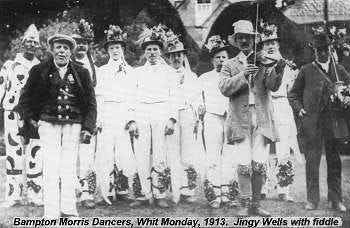
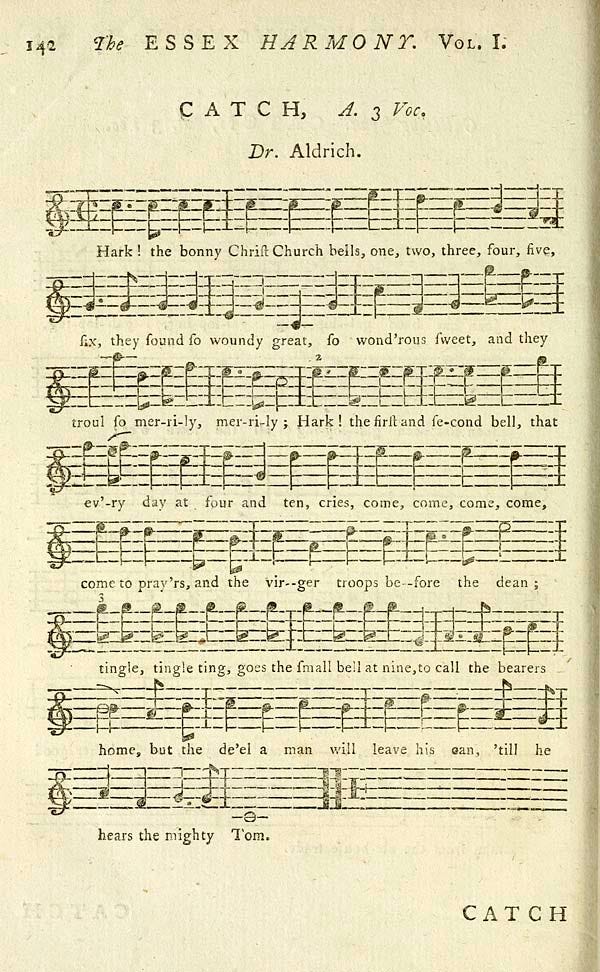

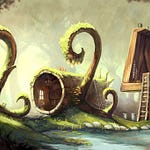




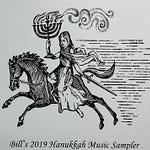
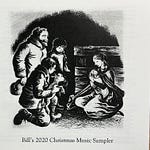

Share this post